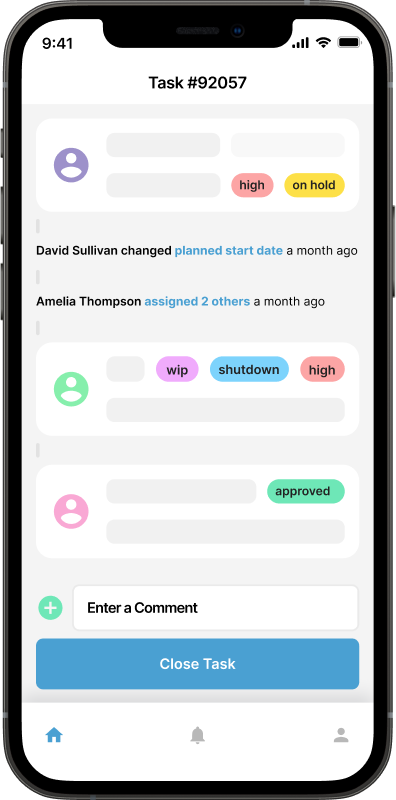Preventive vs Reactive Maintenance: Finding the Right Balance

The Delicate Equilibrium
Striking the right balance between preventive and reactive maintenance is a perpetual challenge. Picture this: your organization's operations are running seamlessly, and suddenly, a critical system failure brings everything to a grinding halt. This scenario is not uncommon, highlighting the importance of a well-thought-out maintenance strategy.
Here, we delve into the delicate equilibrium between preventive and reactive maintenance, exploring how organizations can optimize their approaches to ensure operational continuity and efficiency. The key lies in understanding the nuances of preventive and reactive maintenance and tailoring strategies to specific needs.
The Foundations of Preventive Maintenance
Preventive maintenance is the proactive approach of addressing potential issues before they escalate into full-blown problems. Think of it as the routine check-up for your organization's assets, be it machinery, software systems, or facility infrastructure. This strategy is akin to a health check, minimizing the risk of unexpected failures and downtime.
Cost-Effective Asset Management
Incorporating preventive maintenance helps organizations manage their assets efficiently. Regular inspections and scheduled maintenance activities can identify and rectify minor issues before they snowball into costly repairs. This not only extends the lifespan of assets but also reduces the total cost of ownership.
Enhanced Reliability and Performance
Implementing preventive maintenance fosters reliability by addressing potential glitches in a structured manner. This results in improved performance and operational efficiency, crucial for both software asset management and facility management.
Navigating Reactive Maintenance Realities
While preventive maintenance sets the stage for seamless operations, reactive maintenance is the troubleshooter, addressing issues as they arise. Reactive maintenance, though often seen as a firefighting measure, plays a pivotal role in certain scenarios.
Quick Response to Critical Failures

Reactive maintenance is indispensable in situations where an unexpected failure occurs. A quick response to critical issues ensures minimal downtime and helps maintain the continuity of operations, especially in dynamic fields like software asset management.
Cost Management in Certain Cases
In some instances, reactive maintenance might be more cost-effective, especially for assets with low failure consequences. Striking a balance involves identifying scenarios where immediate intervention is necessary and where a proactive approach can save costs in the long run.
Finding the Right Balance
The sweet spot lies in combining preventive and reactive maintenance judiciously. A comprehensive strategy takes into account the specific needs of the organization, considering factors such as asset criticality, industry regulations, and operational demands.
Data-Driven Decision Making
Leverage data analytics to inform maintenance strategies. Utilize historical data to identify patterns, predict potential failures, and schedule preventive maintenance activities accordingly. This approach optimizes the use of resources while ensuring operational resilience.
Customized Maintenance Plans
Tailor maintenance plans based on the criticality of assets. High-value assets may require more frequent preventive maintenance, while less critical assets may benefit from a more reactive approach. This customization ensures a targeted and efficient use of resources.
In the realm of preventive vs reactive maintenance, the right balance is not a one-size-fits-all solution. Organizations must navigate the delicate equilibrium by understanding the unique demands of their assets and operations. A well-crafted strategy, blending preventive and reactive maintenance, is the key to ensuring optimal performance, reliability, and cost-effectiveness. Whether managing software assets or facility infrastructure, finding this equilibrium is paramount for sustained success in today's fast-paced business landscape.

